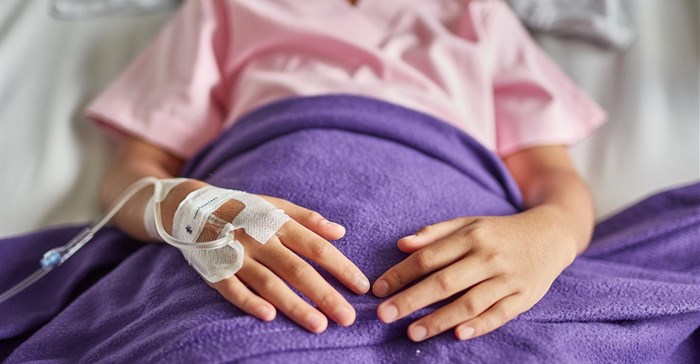
Top stories






More news



Marketing & Media
Capitec’s new jingle makes banking fees as easy as 1, 2, 3, 6, 10
















Children and babies, particularly those that are malnourished or living with HIV, are at higher risk for hospital-acquired infections. “Common infections include pneumonia, bloodstream and urinary tract infections, all of which can be life-threatening to a child or individual with a weakened immune system,” says Kirstie Haslam, partner at DSC Attorneys.
In the US and Europe, the percentage rate of hospital-acquired infections is 4-5% for children. In South America, the percentage is slightly higher at up to 6%. “While there are no definitive estimates, these infections are also a significant problem in African countries,” she says.
Haslam points out that just under a quarter of children admitted to Tygerberg Children’s Hospital in a one-year period acquired infections while hospitalised. “This caused prolonged hospital stays, which contributed to overcrowding, and made additional courses of antibiotics necessary,” she adds. “The cost of these preventable infections was over R60m for the year.”
Unfortunately, comprehensive statistics for the rate of hospital-acquired infections in South Africa are unavailable due to a lack of active monitoring and reporting of cases by the current healthcare system.
Haslam says that since 2004, the threat of super-bugs, highly drug-resistant bacteria, has been growing in South African hospitals. “Some estimates put a patient’s risk of hospital-acquired infections in state hospitals at one in five and many of these infections are caused by super-bugs,” she adds.
A super-bug originally identified in the US has also made its way to South Africa. Known as a “nightmare bacteria”, CRE (Carbapenem-resistant Enterobacteriaceae) is an antibiotic-resistant super-bug that can kill up to half of patients who get bloodstream infections, Haslam explains.
She says that in 2012, 64 patients were infected with CRE while in hospital and by 2016, 587 cases were documented. “This figure is expected to increase due to the exponential spread of the bacteria,” she adds. “Our strongest known antibiotics have little effect on CRE, leaving patients with potentially untreatable infections.”
Hospital-acquired infections (HAIs) are caused by viruses, bacteria and even fungi. “The most commonly infected areas are the urinary tract, the respiratory system, blood and any wounds the patient might have, including surgical ones.”
Haslam says that the following factors can increase the risk of hospital-acquired infections:
If a doctor or hospital did not take reasonable measures to prevent infections, Haslam says patients or their families have grounds for a case of medical negligence or malpractice.
“Poor hospital management, clerical errors, improperly performed medical procedures, lack of health and safety adherence and poor hygiene or sterilisation can all contribute to a patient contracting an otherwise preventable infection while hospitalised.”